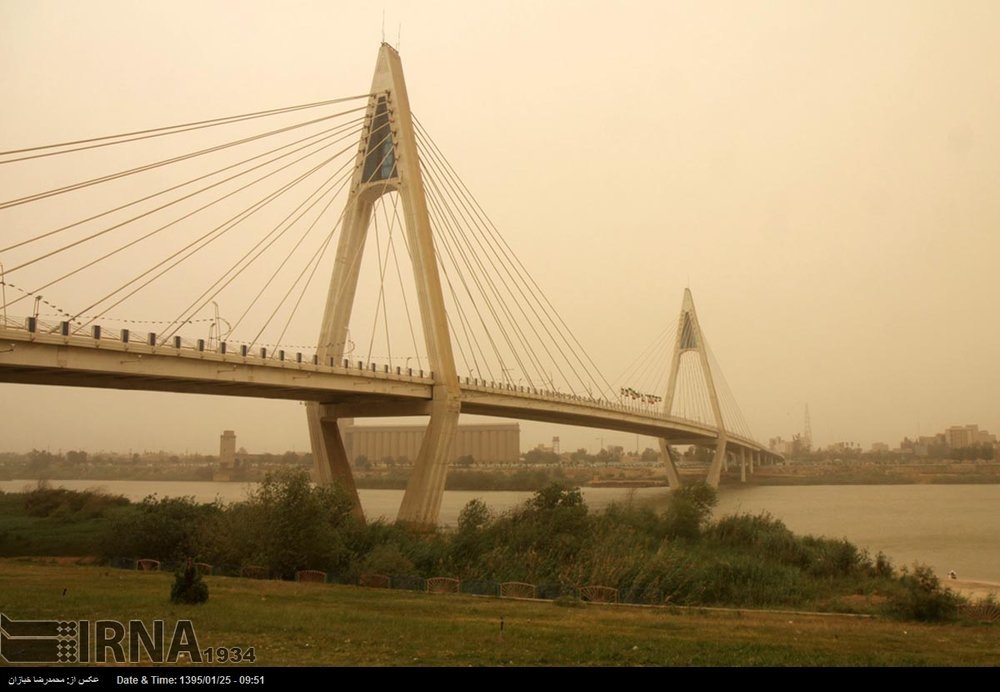Sand, dust storms hit Khuzestan, PM at 22 times above safe levels

TEHRAN — Southwestern province of Khuzestan was hit by sand and dust storms on Thursday where particulate matters (PM) concentration peaked at 22 times the safe levels, IRNA news agency reported.
According to the provincial department of environment PM concentration reached 3,304 micrograms per cubic meters in city of Ahvaz which is 22 times above standard levels.
Other cities including Shadegan, Hamidiyeh, Abadan, Khorramshahr, Ramshir, Bandar-e Emam, Omidiyeh, Dezful, Shoush, Shoushtar, Mahshahr, Andimeshk, Gutvand, and Behbahan are also affected with high levels of particulate matters, the report added.
The sand and dust storm is originated in Iraq and will be followed with another one in the coming days.
Sand and dust storms have been striking the southwestern province for over 10 years.
Mohammad Sabzehzari, the provincial meteorological organization director, said in mid-December, 2018 that the number of dusty days in southern province of Khuzestan have increased by day-and-a-half over a 30-year period per annum on average.
The number of dusty days is different in different seasons, but on average over a 30-year period sand and dust storms hit the area 63 days annually, he added.
The main reason behind the sand and dust storms during the aforesaid years were dust hotspots in Iraq and low precipitations had given rise to crippling sand and dust in the region, he explained.
Nonetheless, this year with increased rainfalls in the province of Khuzestan sand and dust storms only stricken the areas one or twice during the first month of autumn.
According to data released on Thursday by the National Drought Warning and Monitoring Center since the beginning of the current water year (September 23, 2018) province of Khuzestan received 329.4 millimeters of rain while last year’s precipitations in the area amounted to 53.2 millimeters.
A sandstorm or duststorm is a meteorological phenomenon usually caused by strong and turbulent winds blowing over loose soil or sand and sweeping up large quantities of sand or dust particles from the ground, clouding the air and reducing the visibility drastically.
But once rain falls on the soil it won’t let the wind to blow the loose soil or sand and hence decrease the chances of a sand and dust storm.
MQ/MG
Leave a Comment